We often think of ghost cities as ancient ruins like Pompeii, frozen thousands of years ago. But the most haunting ghost city on Earth isn’t ancient, it’s from the 1990s.
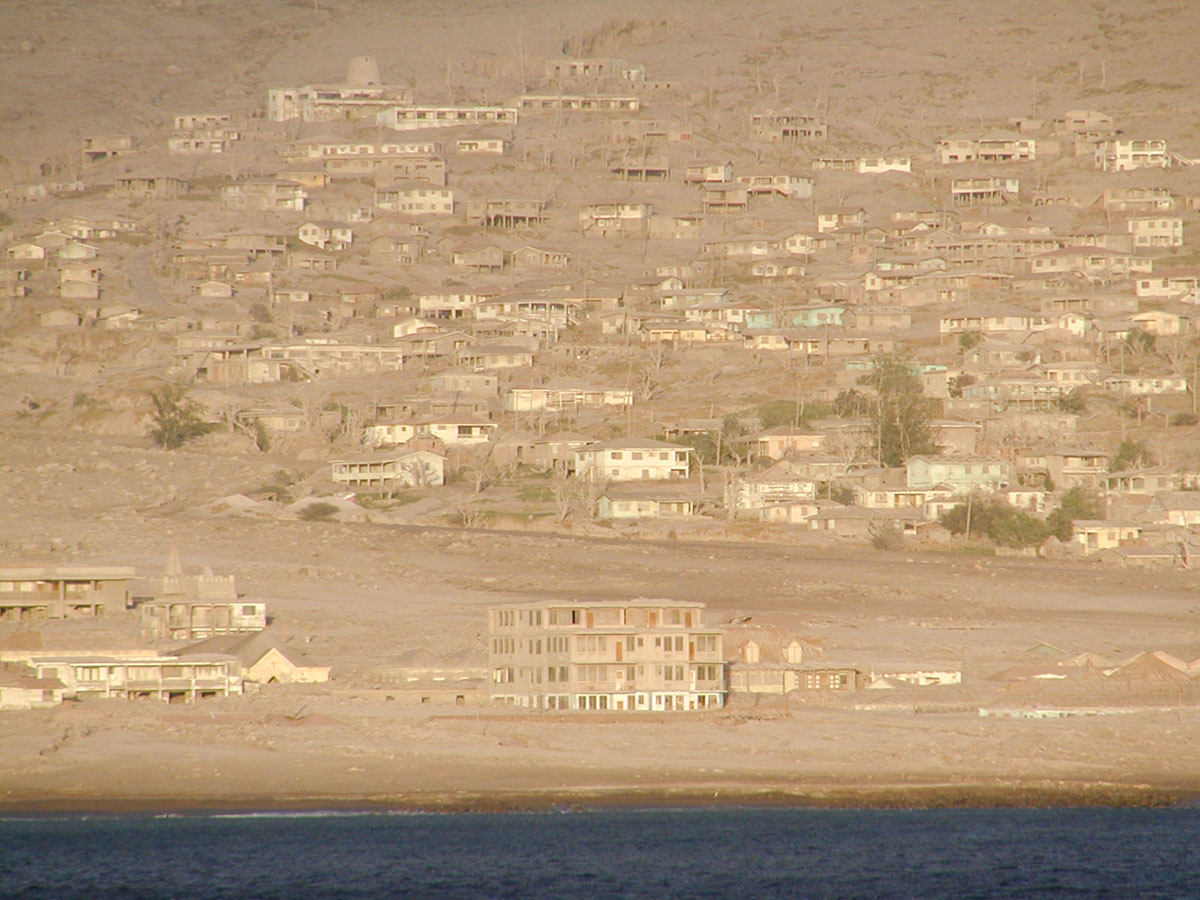
My research into Plymouth, Montserrat, revealed a modern capital city complete with supermarkets, banks and cars that was buried under volcanic ash in our own lifetime. It holds the unique, tragic title of being the only ghost town that is still the legal capital of a political territory. This is the story of the Modern Pompeii.
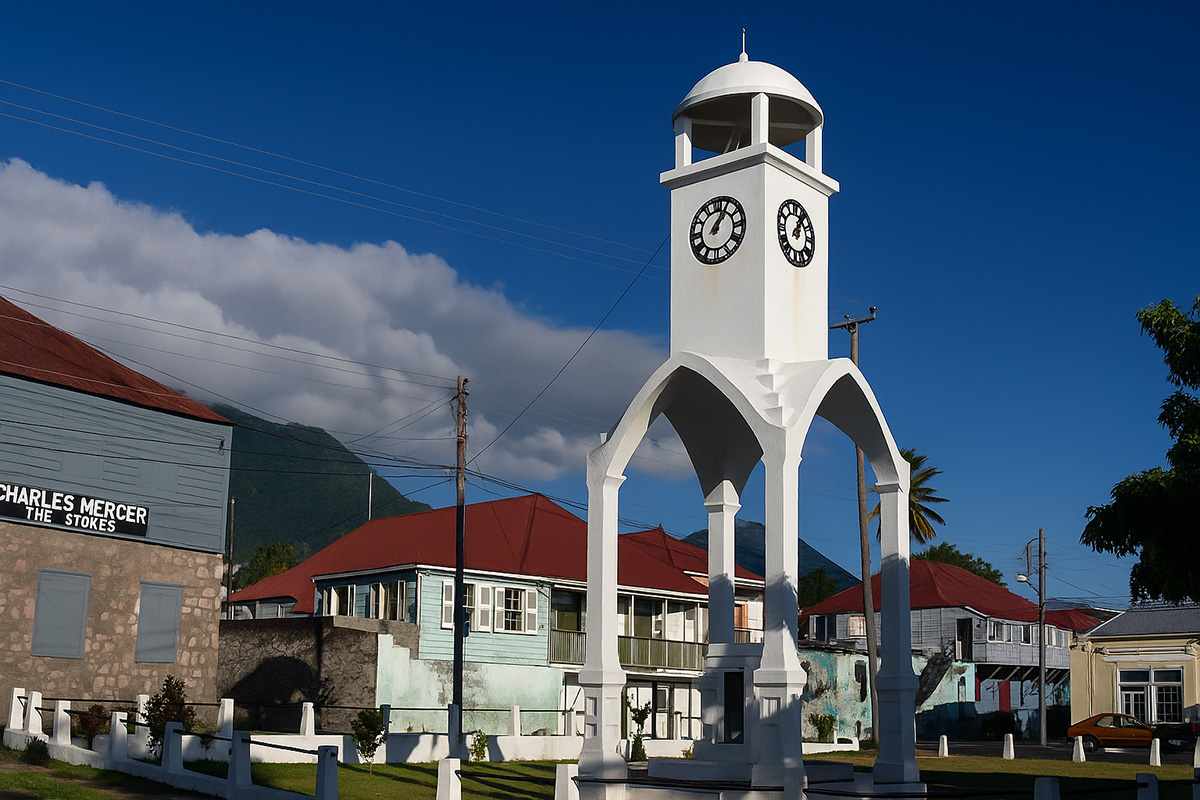
Where is Plymouth?
Plymouth is located on the southwestern coast of the Caribbean island of Montserrat. The island is located in the Lesser Antilles just southwest of Antigua and north of Guadeloupe. It’s often called the Emerald Isle of the Caribbean for both its lush green landscape and its Irish heritage and is the only place outside Ireland where St Patrick’s Day is a public holiday.
Plymouth was built on a coastal plain in the shadow of the long-dormant Soufrière Hills volcano in the southern half of the island. The location was key to its founding as the island’s main port and commercial hub. However, this same proximity to the volcano would ultimately lead to its total destruction.
The History of Plymouth
The history of Plymouth is intertwined with the unique story of Montserrat itself. The island was first settled in 1632 by Irish Catholics who had been forced from nearby St Kitts by the English. Many more Irish indentured servants soon followed, creating one of the strongest Irish presences anywhere in the Caribbean. This gave rise to Montserrat’s enduring nickname, The Emerald Isle of the Caribbean.
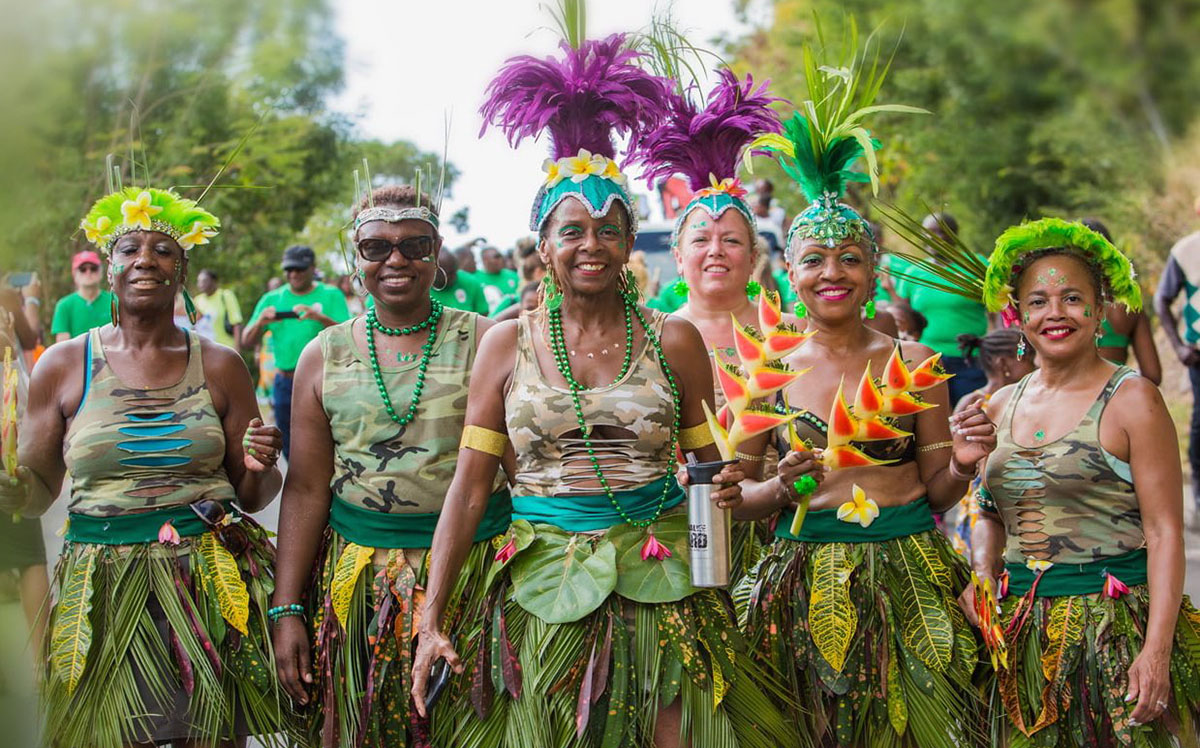
Plymouth was chosen as the site of the island’s main port and capital. Its position on the sheltered southwestern coast offered access to shipping routes through the Lesser Antilles, making it the natural hub for trade and administration. Like many Caribbean ports of the seventeenth century, Plymouth also had to contend with the threat of piracy. Privateers and raiders frequently sailed these waters, forcing the island’s settlers to fortify their harbours.
The town grew steadily, laid out with cobbled streets where colonial houses stood alongside warehouses and wharves. From the mid-seventeenth century onwards, Montserrat became part of the brutal Atlantic slave system. Enslaved Africans were brought to the island in large numbers to work the sugar plantations.
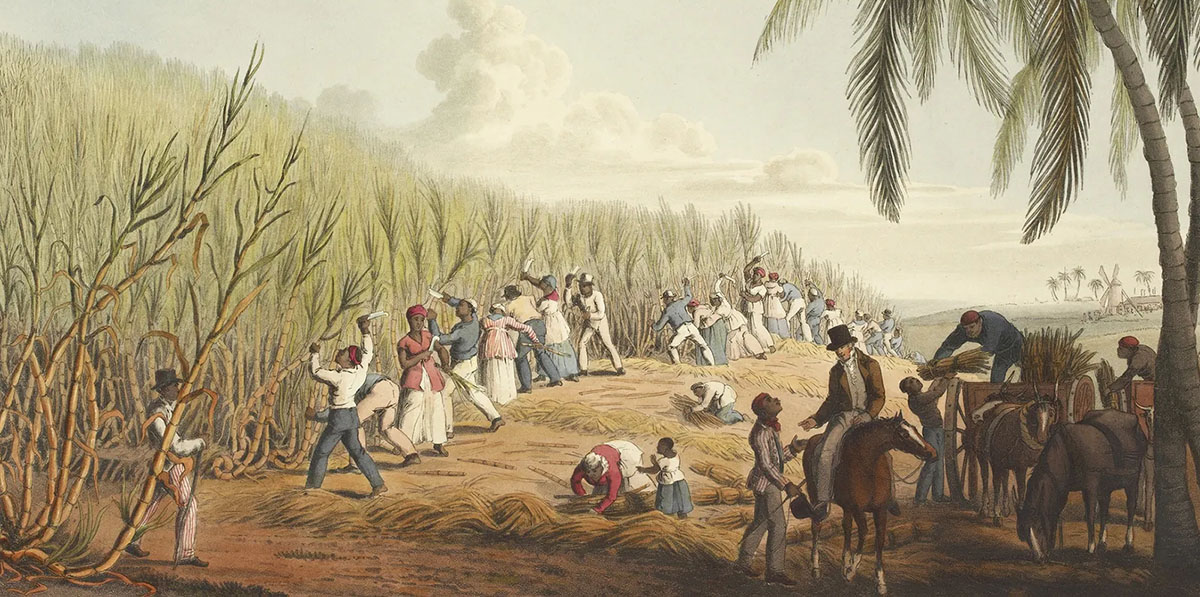
After the abolition of slavery in 1834 the plantation economy collapsed but Plymouth remained the island’s main commercial hub. The people of Montserrat turned to other crops such as sea island cotton and limes. The lime industry in particular became closely linked with Plymouth, as processing plants and shipping facilities were clustered around the town’s harbour. Plymouth also developed as the administrative seat with government buildings, schools, churches and a growing commercial district.
By the twentieth century, Montserrat was seen as one of the more tranquil corners of the Caribbean, far removed from the hustle of larger islands. Plymouth reflected this quiet charm. Its streets contained a mixture of colonial buildings, modest homes and lively markets.
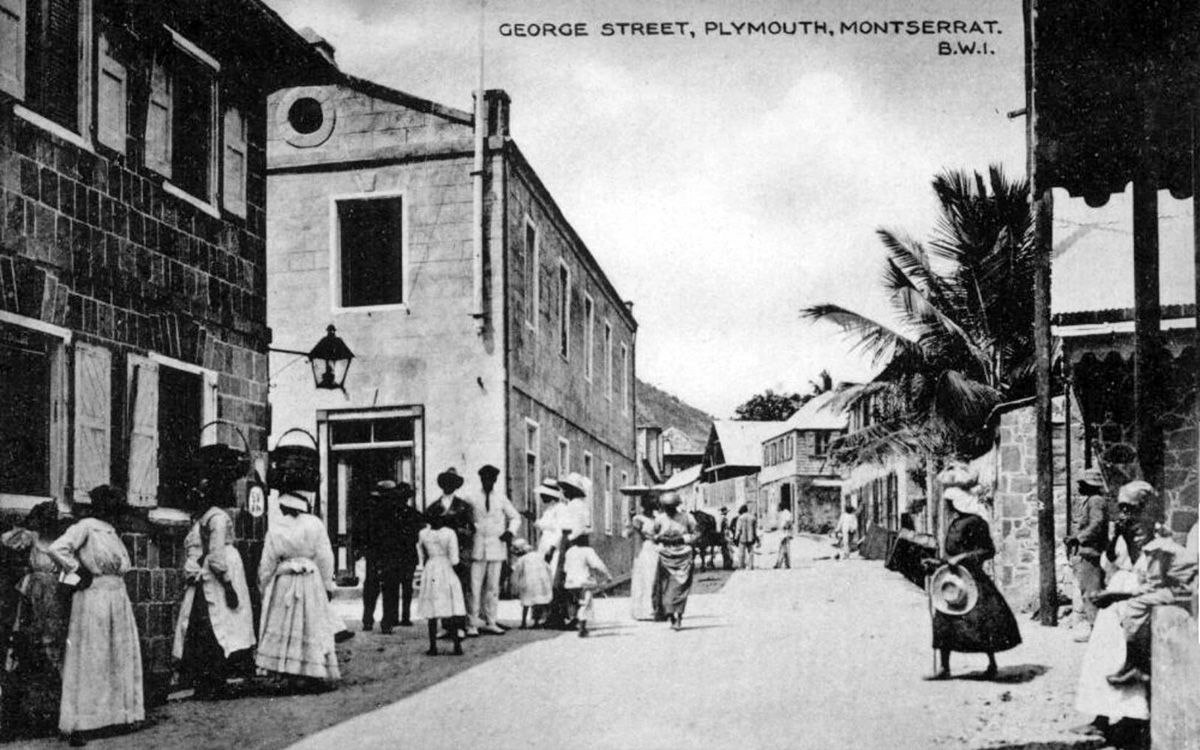
Tourism began to play a modest but growing role in the island’s economy and Plymouth became the gateway for travellers arriving by sea. By the 1990s, the town was home to some 4,000 residents and served as the political, economic and cultural centre of Montserrat.
Why was it Abandoned?
The first signs of activity at the Soufrière Hills volcano came on 18 July 1995 when the volcano began venting ash and steam in what scientists call a phreatic eruption. Though small in scale, the event sent plumes of ash drifting across the island and unsettled a population that had never experienced volcanic activity in living memory.
The first evacuation occurred on 21 August 1995 but within 2 weeks, the population was allowed to return. The danger continued to increase though and a second evacuation was ordered on 1 December. This second evacuation order lasted until early January when the population was cautiously allowed to return.
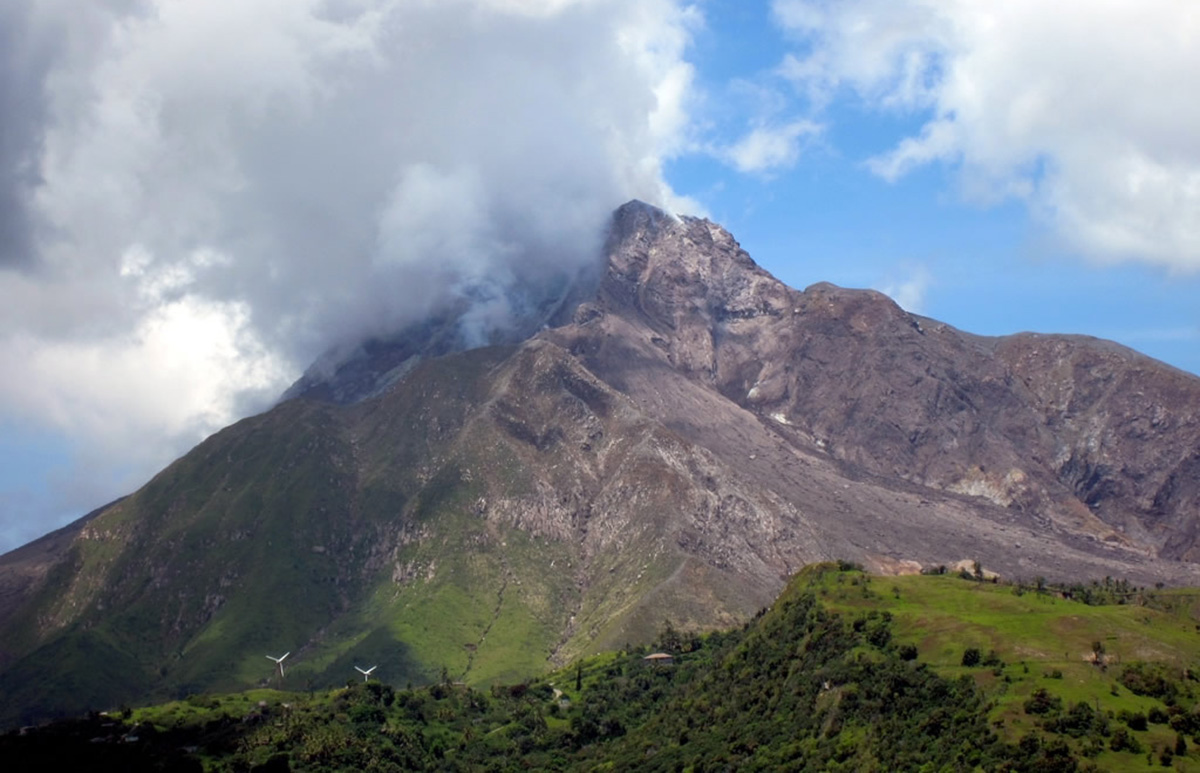
The volcano rumbled on into early 1996 with periodic ash falls, steam vents and dome growth at the volcano’s summit. Scientists from the newly formed Montserrat Volcano Observatory issued constant warnings that a major eruption was still possible. Tension hung over the island and many families lived with bags packed in case of another evacuation.
On 3 April 1996, Plymouth was evacuated for what became the third and final time. The authorities divided Montserrat into risk zones based on proximity to the volcano. At certain stages access to Plymouth was completely forbidden, while at other times people were permitted to enter only during daylight hours and only if they had a means of quick evacuation. The last occasion on which entry to Plymouth was legally allowed during the day was 16 June 1997.
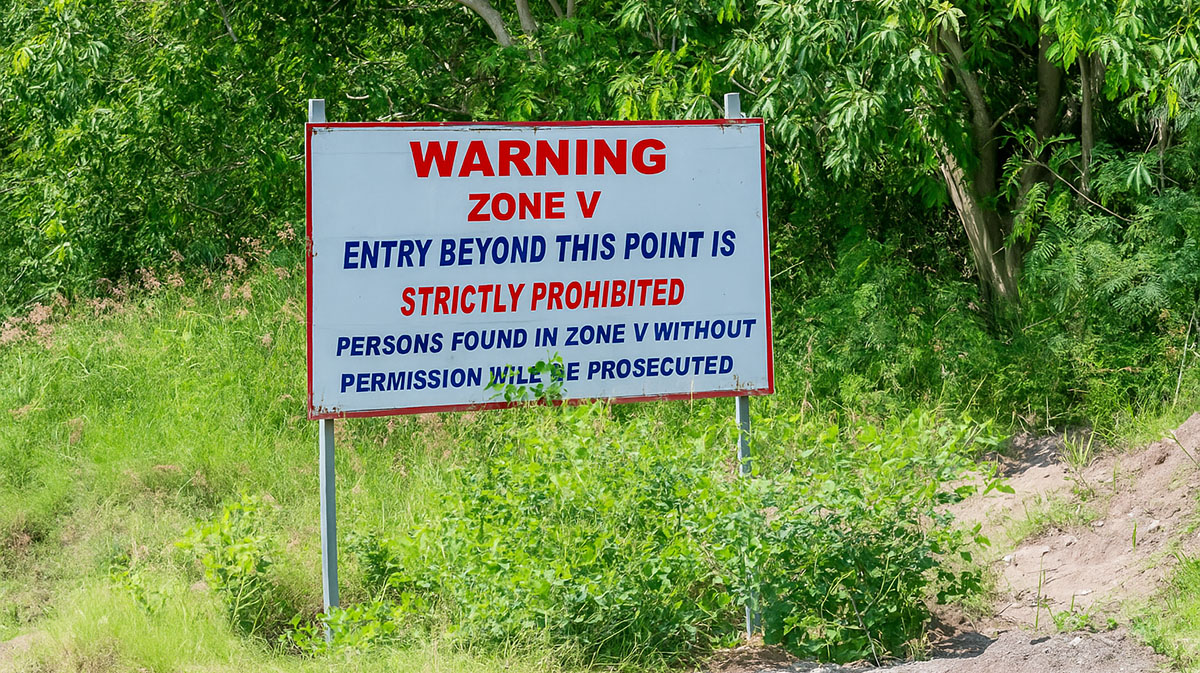
The catastrophe came on 25 June 1997. On that day the largest eruption in Montserrat’s recorded history took place. A towering column of ash and gas rose high into the sky and a series of pyroclastic flows (avalanches of superheated gas, ash and rock) cascaded down the flanks of the Soufrière Hills. These flows obliterated everything in their path, cutting off roads, destroying villages and engulfing the island’s W.H Bramble Airport. Nineteen people who had entered the restricted zone despite warnings lost their lives.
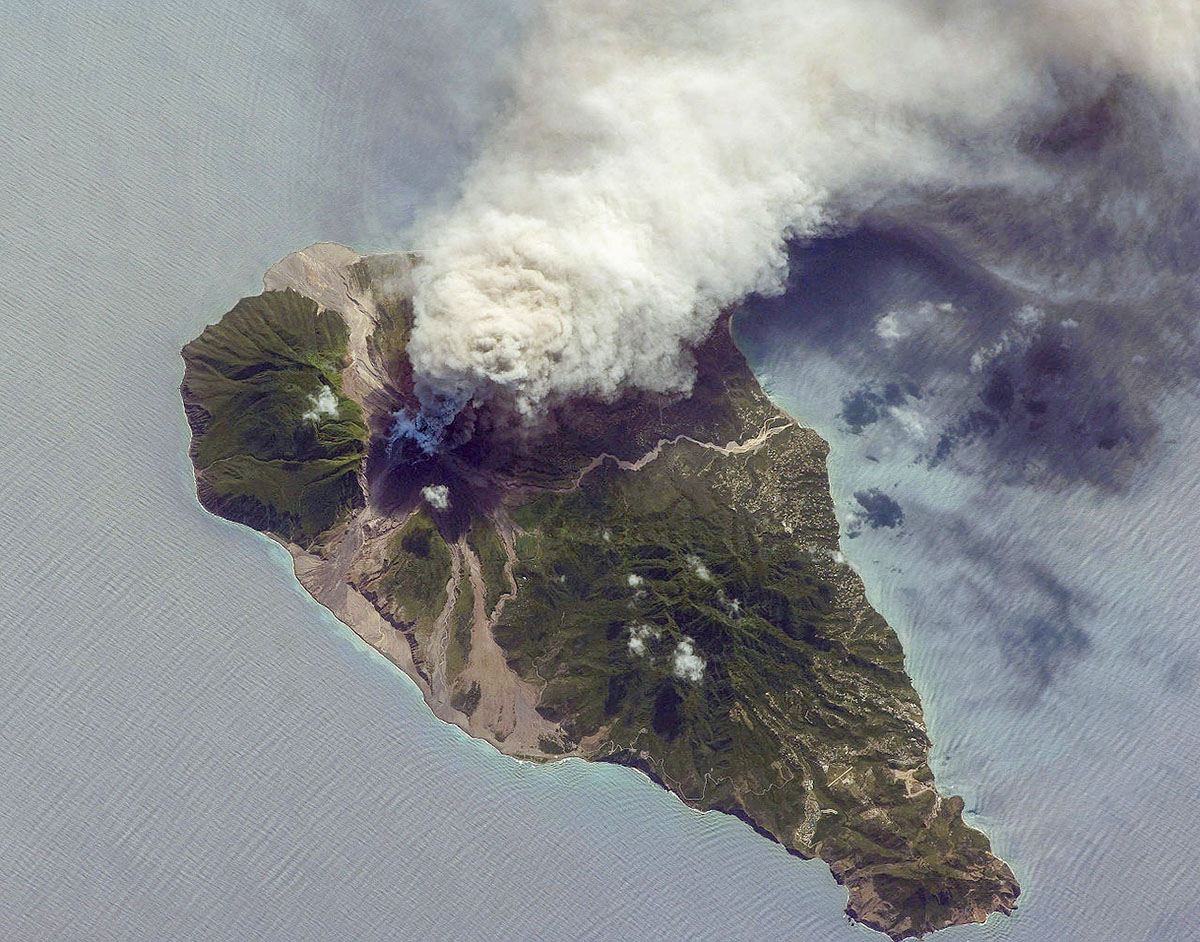
After June 1997 it became clear that Plymouth could no longer be safely inhabited. The entire southern half of the island was declared an exclusion zone and the capital was permanently evacuated. People fled northwards to temporary shelters or overseas, carrying little more than what they could pack. Government offices, businesses and homes were abandoned almost overnight, leaving a ghost town at the edge of the volcano.
The destruction did not end there. Between 4 and 8 August 1997 further eruptions buried Plymouth under layers of volcanic material. Waves of ash, mud and debris up to 1.4 metres (4.5 feet) deep smothered the town. Roofs collapsed, windows shattered and fires broke out as buildings gave way under the weight of volcanic deposits.

What is Plymouth like now?
Today, Plymouth is a ghost town, an eerie archaeological site sealed beneath a thick layer of volcanic ash. The tops of some buildings still protrude, including the landmark clock tower of the old government headquarters and the roof of St. Anthony’s Church. Plymouth’s fate as a city entombed in volcanic ash has earned it the title of a modern-day Pompeii.

The southern half of Montserrat remains an Exclusion Zone. Access is strictly controlled, though a few licensed tour operators are allowed to bring visitors to the edge of the buried city. From these vantage points it is possible to appreciate the scale of the devastation while remaining at a safe distance.

The disaster rendered the southern two-thirds of the island uninhabitable, forcing over two-thirds of Montserrat’s population to leave, with many resettling in the United Kingdom. The government was relocated to the village of Brades in the northern part of the island, which has become the de facto capital. A new airport, John A. Osborne Airport, and a new seaport at Little Bay were constructed with substantial aid from the British government, ensuring Montserrat could maintain both domestic connectivity and international access.
Despite the shift of administrative functions, Plymouth remains the de jure capital of Montserrat. Plans are underway to establish a new official capital at Little Bay with modern infrastructure, civic buildings and facilities to support tourism and commerce. The area has been designed to accommodate cruise ships, offering visitors safe access to northern parts of the island.

For me, Plymouth is the ultimate ‘modern ruin.’ It’s a stark reminder of how fragile our cities really are. Unlike ancient sites that took centuries to decay, Plymouth was a bustling 20th-century capital that was erased in just a few years.
While I haven’t been able to visit the Exclusion Zone myself, I found this incredible video footage. It captures the eerie silence of the buried streets and gives a real sense of the scale of the devastation that turned a paradise island into a modern-day Pompeii.


Pingback: Pompeii - A Town Abandoned to History in Italy 🇮🇹